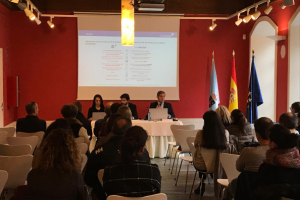Electronic Invoice: What is the difference between the DIR3 and DIRe codes?

On the way of the Public Administration towards the total digital transformation of its processes, i...
It is a digitalization process that, by complying with the requirements established by the AEAT and the Provincial Councils of the Basque Country and Navarra, gives the file resulting from the capture process the same tax and legal value as the original paper document.
The result of the process:
It guarantees the integrity of the content and the authenticity of the document that results from the scanning process
Ensures full access to archived information
The AEAT requires that the solution comply with what is established by Ministerial Order EHA / 962/2007 of April 10 and subsequently develops the Resolution of October 24. And it is the following:
The digitalization and signature of the invoice must be carried out in a single act without user intervention to ensure that the image is identical to the original and has not subsequently been modified.
The image of the invoice must be linked to the metadata that identifies the approved software with which it has been digitized.
Finally, the database must be signed coinciding with the closing of the fiscal periods to ensure that not only in the images, but also in the data associated with them, the integrity of the content is guaranteed.
For AEAT approval, a technical report must be presented describing how these requirements are met and a computer audit of a company of proven solvency that certifies that the solution does what the manufacturer says.
Savings, productivity and control
A simple and fast format
Efficiency with capital letters
Some of the main advantages of EdasFacturas:

On the way of the Public Administration towards the total digital transformation of its processes, i...

ZeroComa has presented almost a hundred Spanish wineries with its star tool for sending to AEAT the...
On January 1, 2020, SILICIE, the new Accounting Book keeping system for the products subject to Spec...